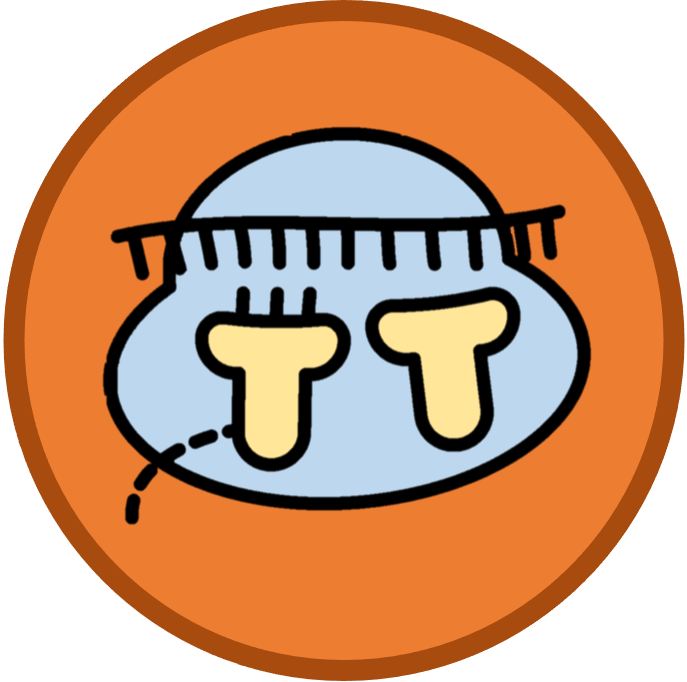

Translation (AHL)
Higher Level
Variable GroupsTranslationProtein StructureTypes of ProteinsProtein ModificationProtein DestinationProteasomesAHL Content Statements
-
B1.2.6
Chemical diversity in the R-groups of amino acids as a basis for the immense diversity in protein form and function
-
Students are not required to give specific examples of R-groups. However, students should understand that R-groups determine the properties of assembled polypeptides. Students should appreciate that R-groups are hydrophobic or hydrophilic and that hydrophilic R-groups are polar or charged, acidic or basic.
-
B1.2.7
Impact of primary structure on the conformation of proteins
-
Students should understand that the sequence of amino acids and the precise position of each amino acid within a structure determines the three-dimensional shape of proteins. Proteins therefore have precise, predictable and repeatable structures, despite their complexity.
-
B1.2.8
Pleating and coiling of secondary structure of proteins
-
Include hydrogen bonding in regular positions to stabilize alpha helices and beta-pleated sheets.
-
B1.2.9
Dependence of tertiary structure on hydrogen bonds, ionic bonds, disulfide covalent bonds and hydrophobic interactions
-
Students are not required to name examples of amino acids that participate in these types of bonding, apart from pairs of cysteines forming disulfide bonds. Students should understand that amine and carboxyl groups in R-groups can become positively or negatively charged by binding or dissociation of hydrogen ions and that they can then participate in ionic bonding.
-
B1.2.10
Effect of polar and non-polar amino acids on tertiary structure of proteins
-
In proteins that are soluble in water, hydrophobic amino acids are clustered in the core of globular proteins. Integral proteins have regions with hydrophobic amino acids, helping them to embed in membranes.
-
B1.2.11
Quaternary structure of non-conjugated and conjugated proteins
-
Include insulin and collagen as examples of non-conjugated proteins and haemoglobin as an example of a conjugated protein.
NOS: Technology allows imaging of structures that would be impossible to observe with the unaided senses. For example, cryogenic electron microscopy has allowed imaging of single-protein molecules and their interactions with other molecules.
-
B1.2.12
Relationship of form and function in globular and fibrous proteins
-
Students should know the difference in shape between globular and fibrous proteins and understand that their shapes make them suitable for specific functions. Use insulin and collagen to exemplify how form and function are related.
-
D1.2.17
Initiation of translation
-
Include attachment of the small ribosome subunit to the 5' terminal of mRNA, movement to the start codon, the initiator tRNA and another tRNA, and attachment of the large subunit. Students should understand the roles of the three binding sites for tRNA on the ribosome (A, P and E) during elongation.
-
D1.2.18
Modification of polypeptides into their functional state
-
Students should appreciate that many polypeptides must be modified before they can function. The examples chosen should include the two-stage modification of pre-proinsulin to insulin.
-
D1.2.19
Recycling of amino acids by proteasomes
-
Limit to the understanding that sustaining a functional proteome requires constant protein breakdown and synthesis.
-
B2.2.7
Structure and function of free ribosomes and of the rough endoplasmic reticulum
-
Contrast the synthesis by free ribosomes of proteins for retention in the cell with synthesis by membrane-bound ribosomes on the rough endoplasmic reticulum of proteins for transport within the cell and secretion.
-
B2.2.8
Structure and function of the Golgi apparatus
-
Limit to the roles of the Golgi apparatus in processing and secretion of protein.



